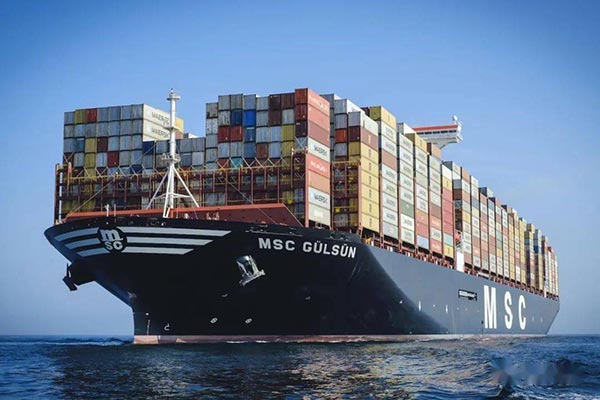
What special qualifications are required for phosphoric acid export?
According to the latest 2025 DangerousChemicalsManagement Regulations", phosphoric acid (CAS 7664-38-2) is classified as a Class 8 corrosive hazardous material,Export agentThe company must simultaneously possess:
- Hazardous Chemical Business License(Issued by the Ministry of Emergency Management)
- GHS Compliance CertificationPlease provide the SDS (Safety Data Sheet).
- International Maritime Dangerous Goods (IMDG) Certification
- Specific country import licenses (such as EU REACH registration number)
I once assisted a chemical company in handling the export of phosphate to Indonesia, where the absence of a bilingual (Chinese-English) version of the MSDS from the agency company resulted in the cargo being detained at Jakarta Port for 17 days, incurring an additional demurrage fee of 82,000 yuan.
What core services should a professional phosphoric acid agency company provide?
High-quality service providers should establish a complete service loop:
- Whole-process control:
- Application for Export License (Ministry of Commerce)
- Application for Dangerous Goods Packaging Certificate (Customs Technology Center)
- Special container scheduling (corrosion-resistant treatment required)
- Compliance assurance:
- Accurate HS Code Classification (Under Heading 2809.20)
- Response to Technical Trade Measures in Destination Countries
- Temperature monitoring during transportation (to prevent crystallization)
What items are included in the agency fees? Are there any hidden costs?
2025 industry standard fee structure includes:
- Basic service fee (customs declaration + documentation): 0.8%-1.2% of the cargo value.
- Special Handling Fee: Hazardous Goods Declaration Surcharge (approximately CNY 2,000 per shipment)
- Emergency reserve fund (5% of freight, for handling unexpected situations)
Beware of low-price traps: A client chose an agent whose quote was 40% below market price, only to suffer a direct loss of 530,000 yuan due to cargo damage disputes caused by not purchasing corrosion goods transport insurance.
How to evaluate the true strength of an agency?
It is recommended to adopt the Three - Dimensional Evaluation Method:
- Hardware specifications:
- Hazardous chemical operation cases ≥50 cases/year
- The area of self-owned hazardous material warehouses is ≥3000㎡.
- Does the cooperating shipping company possess IMDG Class 1 certification?
- Soft Power Verification:
- Does the customs team possess AEO certification qualifications?
- Emergency response SOP with a response time ≤2 hours.
What are the policy changes for phosphoric acid exports in 2025?
Key considerations for this year:
- General Administration of Customs implementsSmart Supervision System for Hazardous ChemicalsIt is required to transmit the electronic cargo manifest 72 hours in advance.
- ASEAN countries implement new packaging standard (AS/NZS 4452:2025), increasing plastic container wall thickness by 0.3mm.
- The U.S. EPA has updated the transportation and storage regulations (40 CFR 261.4), requiring the additional submission of corrosive test reports.
What are the common risks in the export process? How to avoid them?
According to 20 years of industry statistics, the main risks are concentrated in:
- Crystallization and deterioration during transportation (occurrence probability: 12.7%)
- Documents discrepancy leading to return shipment by the destination country (accounting for 9.3%).
- Concealment and investigation of hazardous chemicals (27 cases reported by the General Administration of Customs in 2025)
It is recommended to implement a triple safeguard: purchasing ICC clause marine insurance, requiring agents to provide pre-shipment document review services, and signing a "Special Agreement for Hazardous Chemical Exports" with clearly defined compensation terms.


 Follow Customer Service WeChat
Follow Customer Service WeChat